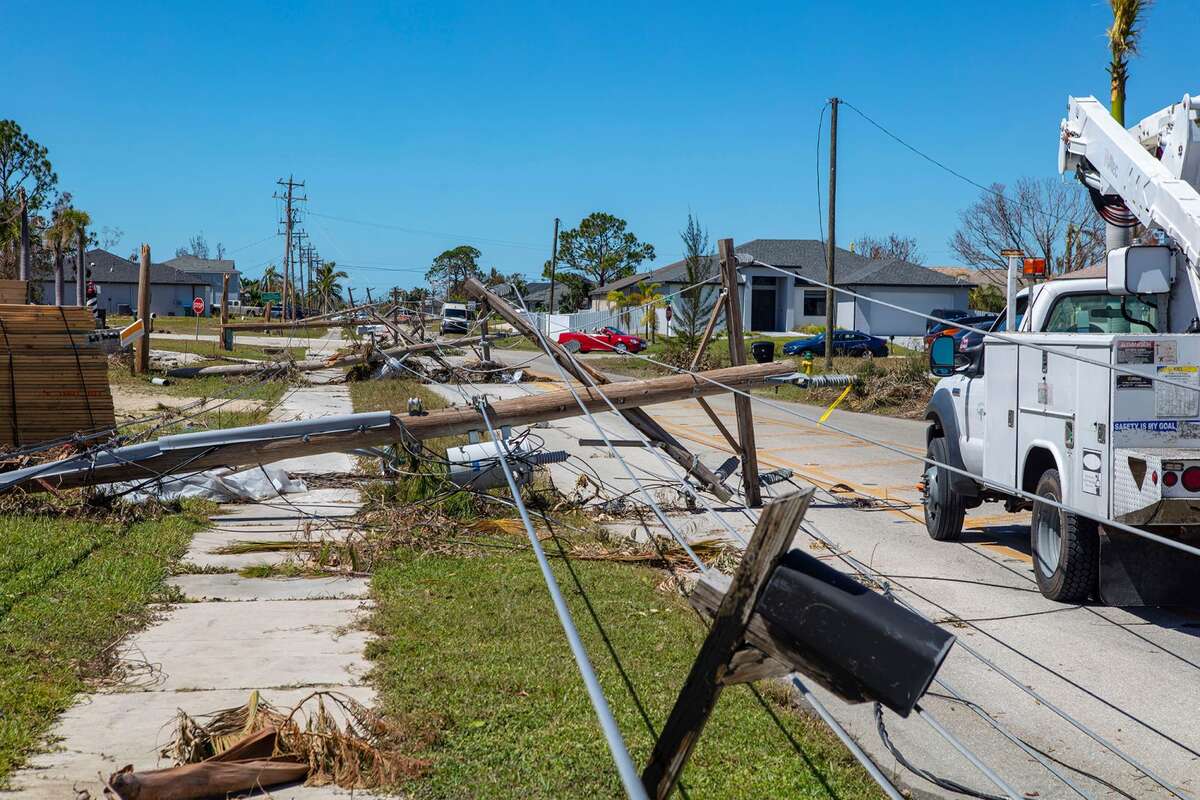As energy demand grows due to electrification, onshoring, and the growth of AI, and extreme weather becomes more frequent and severe, it is crucial to expand the electric system’s capacity while ensuring it remains reliable and resilient. EPRI, a non-profit, independent energy research institute, is working to strengthen the power sector’s approach to managing physical climate risks.
This May, EPRI’s Climate REsilience and ADaptation initiative (READi) will launch its framework for evaluating physical climate risks to the electric power systems. The Climate READi framework aims to improve system resilience by developing a standardized approach for identifying risks, understanding their potential impacts on energy grid assets and the integrated power system, and prioritizing adaptation strategies and investments.
To create this framework, the team reviewed current vulnerabilities to physical climate hazards across the power system, including generation, transmission, distribution, and select customer assets. Initially, Climate READi published a series of literature reviews to identify where climate may significantly impact assets, or the assets might offer grid resilience opportunities. Since then, the team has developed more than 40 publicly available resources to support organizations’ resilience analyses, with more than 20 additional resources forthcoming including an online inventory of potential vulnerabilities and available adaptation strategies. This interactive tool will be available to the public later this spring.
One area of significant progress has been for nuclear power plants (NPPs), an important carbon-free baseload energy source, where it’s essential to understand how climate conditions may change in the future and the impact these have on the safe and reliable operation of the facility. Through operating experience and high-capacity factors, the nuclear industry has demonstrated resilience to extreme weather events, and NPPs are now beginning to systematically assess potential future site climate conditions to maintain safe, reliable operations.
NPP analysis can broadly consider a range of variables, such as air and water temperatures, precipitation, flooding, sea level rise, and extreme weather events. These factors can affect cooling systems and generation efficiency, leading to operational challenges. To mitigate these risks, NPPs can enhance cooling system performance, improve site access during weather events, and ensure worker health and safety.
With the increasing interest in developing new NPPs to meet growing electricity demand, understanding future site climate conditions and impacts on natural hazards will assist designers in balancing climate risk with plant costs and long-term operations. What’s more, in the U.S., the Institute of Nuclear Power Operations (INPO) is recommending these forward-looking assessments and has integrated Climate READi into its guidance.
For T&D assets, weather variables like ambient temperature, frequency and severity of extreme events, and soil temperature and moisture, among many others, can affect asset performance, degradation rates, and maintenance needs. One example is line ratings, which have always taken into account wind, ambient temperature, and solar radiance. A recent collaboration between EPRI and a U.S. power company found that when using climate projection data from 2050 instead of historical observation data for calculations, the line rating decreased anywhere from 1-10% – impactful information for system planners.
To mitigate these risks, no matter the type of asset, adaptation measures such as selective hardening, improved maintenance practices, enhanced system modeling and planning analysis, and emergency restoration strategies, are crucial. By addressing vulnerabilities and implementing targeted adaptation strategies, the energy sector can support reliable power generation and operational resilience in the face of increasing extreme weather.
At the Adapt Unbound U.S.A. event in New York City in May, EPRI’s Climate READi team will present and introduce the findings in the final framework through robust discussions with representatives from some of the initiative’s 150 collaborating organizations. Through these efforts, EPRI is paving the way for a more resilient and reliable energy future.














